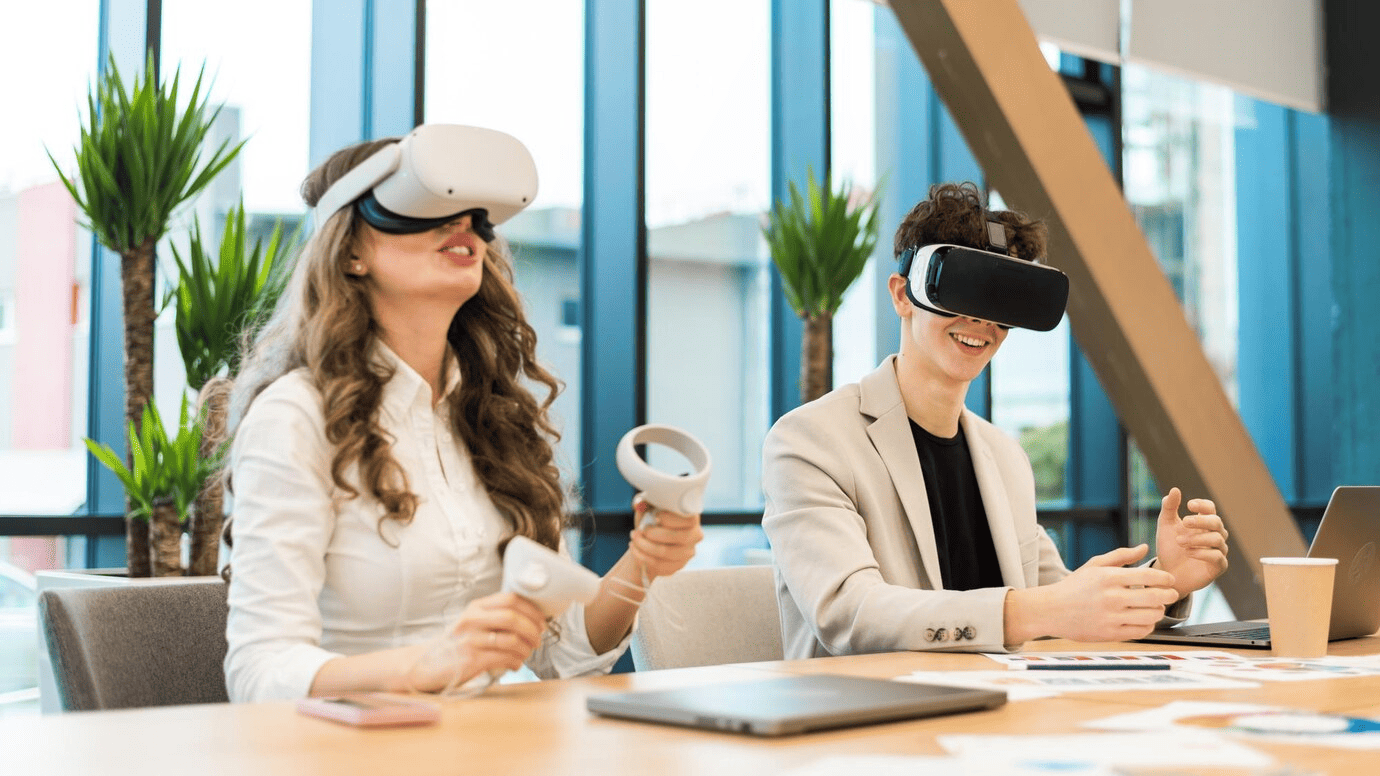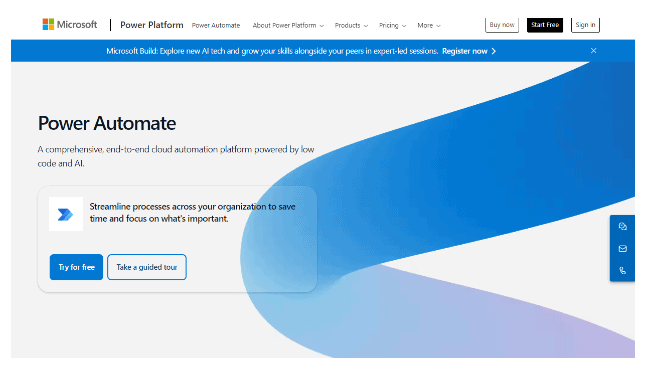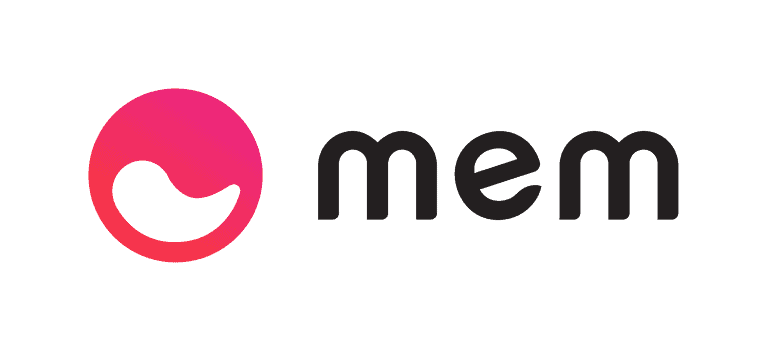The Future of Remote Work In the Metaverse
How we work has changed dramatically over the last decade, with remote work becoming the norm. This evolution was accelerated by technological advancements, shifting workplace dynamics, and the unforeseen global impact of the COVID-19 pandemic.
Concurrently, the Metaverse, a burgeoning virtual reality space where users can interact with computer-generated environments, is emerging as a pivotal platform for remote work. This integration represents one of the most significant Metaverse use cases, extending its potential beyond entertainment and social interaction.
According to Statista, the Metaverse workplace is gaining momentum worldwide as businesses adopt virtual collaboration and remote work solutions, reflecting its growing importance in professional settings.
As we look to the future, the intersection of remote work and the Metaverse offers new opportunities and challenges that may transform how we collaborate and conduct business.
The potential use cases of the Metaverse in the workplace, such as virtual meetings, immersive virtual world training sessions, and collaborative project spaces, could redefine the traditional office environment.
This article will explore the possible future of remote work and the Metaverse, exploring how these innovative use cases might shape our professional lives.
What is the Metaverse?
Let’s define the Metaverse before we get into the future of remote work and the Metaverse. The Metaverse term was introduced in Neal Stephenson’s 1992 science fiction novel “Snow Crash.”
The concept of the “Metaverse” is used in the book to describe a virtual land or reality space where users can interact with a computer-generated environment and other users. With the advances in technology and the emergence of virtual reality (VR) and augmented reality (AR), the Metaverse is becoming a reality.
Imagine stepping into a world using a VR headset where you can explore, create, socialize, learn, and perform daily activities, all in a digital space that blurs the line between the real-life physical and virtual worlds.
The possibilities for the Metaverse are endless, and it’s an exciting development in the world of technology that can revolutionize how we work, play, and interact with each other.
New Technologies to Support the Metaverse
The Metaverse uses several new technologies to bring the virtual experiences to life.
Virtual Reality (VR)
Virtual Reality (VR) is a technology that’s been around for a while now but is only finally starting to come into its own. Simply put, VR is a way of simulating an environment so that the user feels like they are actually there.
VR has made impressive strides in recent years, especially as the concept of the Metaverse has come to fruition. You can experience VR using VR headsets, such as the Oculus Rift or HTC Vive, which allows you to fully immerse yourself in the digital world.
VR tools opened up a whole new world of possibilities, from gaming and entertainment to education and new employee training.
Augmented Reality (AR)
While VR creates an entirely virtual environment, AR takes the real world and adds digital elements. AR technology allows users to see digital information or images overlaid on their physical location and surroundings through smartphones or special glasses.
An example of AR in action is the popular mobile game Pokemon Go, where players can see and capture virtual creatures in their physical surroundings using their phone’s camera. But beyond gaming, AR has potential applications in fields like tourism.
In fact, some experts predict that AR will eventually merge with the virtual reality-powered Metaverse, where people can interact with each other in a highly immersive digital world.
Extended Reality (ER)
Extended Reality is a term that describes a blend of both real life and the virtual world. It is a technology that extends beyond the borders of VR and AR. Still in the early stages, ER combines both of these gamified technologies and goes even further by adding new immersive forms.
These gaming platforms include sensors, sound, haptic feedback, and artificial intelligence to create an interactive experience that feels very real. It transforms how we interact with our environment, and the possibilities are endless.
Whether it’s for business leaders, first responders, or medical students, Extended Reality will make a significant impact in the years to come.
What Remote Work Could Be Like in the Metaverse?
Remote work in the Metaverse is a futuristic approach to collaboration in which people perform work-related tasks using virtual and AR technologies. Individuals in this digital realm have virtual offices that are represented by customizable avatars, resulting in a more personalized working environment.
Meetings and team collaboration take place in immersive virtual environments, where spatial audio technology improves communication.
Several big-tech companies were exploring or implementing Metaverse technologies for a variety of reasons, including remote work and collaboration:
#1) Meta
Meta, formerly known as Facebook, has been vigorously working on their latest project, the Metaverse. Meta plans to build and establish the Metaverse as a new kind of social platform and connective tissue across the internet, eventually making it accessible to all.
Meta is actively working on the Metaverse and has introduced tools like Horizon Workrooms for virtual meetings. With spatial audio technology, it aims to make communication more natural and efficient in virtual meetings.
Meta recently expanded its product line to include the Meta Quest headset and Ray-Ban glasses. The Meta Quest VR headset provides an unparalleled level of immersion with cutting-edge technology that allows users to interact with virtual environments in a way that feels as real as the physical world.
Meanwhile, the Ray-Ban glasses merge fashion and function, allowing users to enjoy augmented reality experiences while looking their best.
#2) Microsoft
Microsoft has been exploring Metaverse technologies for its Microsoft Teams platform. MicrosTeams is already widely used by businesses for communication and collaboration, and with the integration of Metaverse technology, it hopes to enhance the experience further.
In one of their demos, Microsoft showed how business leaders could join a meeting in a virtual environment where they could collaborate on documents together, see each other’s avatars, and communicate using spatial audio.
Also, Microsoft is investing in the Metaverse with initiatives like Microsoft Mesh, which aims to improve collaborative experiences in virtual spaces for remote teams. Mesh allows users to interact with each other and 3D content in a shared virtual environment, making meetings and presentations more engaging.
#3) Spatial
Spatial focuses on creating virtual workspaces that enable remote teams to collaborate in AR environments. Spatial offers features such as 3D avatars, real-time audio and video chat, and the ability to share and manipulate 3D models in real-time. This allows users to feel physically present with their team members, even when working remotely.
Another key feature of Spatial is its integration with popular productivity tools such as Google Workspace, Microsoft Office, and Slack. This makes it easy for teams to seamlessly transition between their virtual workspaces and these familiar tools.
#4) AltspaceVR
AltspaceVR is a social virtual reality platform that hosts virtual meetings and events and allows remote interactions. It provides a more immersive experience compared to traditional video conferencing tools. User can customize their avatars and interact with others in a virtual space, making it feel like they are in the same room together.
One unique feature of AltspaceVR is the ability to share content and presentations in 3D, creating a more dynamic and engaging presentation experience. It also offers interactive tools such as whiteboards and sticky notes for collaboration. Additionally, AltspaceVR has a wide range of events and activities available for users to join, from live concerts to guided meditation sessions.
These emerging technologies are revolutionizing the way teams work together remotely. They offer exciting possibilities for remote collaboration, with features like spatial audio and virtual environments that mimic real-world interactions.
Future Scenarios for Remote Work in the Metaverse
There are many possibilities for what lies ahead in the future of remote work in the Metaverse.
Virtual Workplace
Companies are increasingly looking for ways to combine the advantages of remote work with the immersive experiences the Metaverse provides. A virtual office with digital art in the Metaverse could transform team interactions, making meetings and projects more engaging and dynamic.
This integration bridges the physical and digital worlds, resulting in a seamless and interconnected workspace. Employees can customize their avatars, navigate through virtual spaces, and interact with colleagues as if they were in a real office.
This offers a more personal and interactive experience, breaking down geographical barriers and allowing for easy communication and collaboration regardless of location.
Hybrid Work in Virtual Worlds
Further, the future of work could be defined by hybrid working models that combine remote and in-office work. The Metaverse has the potential to build social connections between remote workers and their in-office counterparts, promote a sense of community, and facilitate collaboration.
Striking the right balance between flexibility and face-to-face interactions will be essential in this hybrid environment. With the help of the Metaverse, employees can participate in virtual meetings, workshops, and team-building activities from anywhere in the world.
Enhanced Productivity and Collaboration
The Metaverse also has the potential to boost productivity and collaboration by providing a more immersive and engaging work experience. In traditional remote work scenarios, a lack of physical presence can often hinder effective communication and collaboration.
However, with the use of avatars and virtual spaces, employees can feel like they are physically present in meetings and discussions. This can lead to better idea-sharing, problem-solving, and decision-making processes.
Moreover, the Metaverse allows for a seamless integration of tools and applications that make everyday tasks easier to manage. Everything can be accessed and used within the Metaverse, from project management platforms to document editing software, eliminating the need to constantly switch between different applications.
Workplace Wellness
Innovative companies are looking into how the Metaverse can be used to boost workplace productivity and employee well-being. Virtual environments can be thoughtfully designed to reduce stress, increase focus, and promote a healthy work-life balance.
The Metaverse could be used to create workspaces that prioritize mental health and overall well-being. For example, virtual meeting rooms could be designed to mimic natural environments, such as a beach or forest, to promote relaxation and reduce anxiety.
In addition, the Metaverse can provide opportunities for remote workers to engage in team-building activities and social events. This can help combat feelings of isolation and promote a sense of community within a remote team.
Redefining Recruitment and Collaboration
The combined use of remote work and the Metaverse has the potential to further globalize the workforce. Companies may find themselves with access to a larger pool of skilled freelancers. This allows them to recruit people from all over the world.
This globalization may result in diverse perspectives and new skills that enhance organizational dynamics. Moreover, the Metaverse can provide a platform for collaboration and teamwork among individuals who may have never met in person.
Imagine a virtual meeting where team members from different countries can physically see and interact with each other in a shared virtual space. This not only saves time and money on travel expenses but also fosters a stronger sense of camaraderie and understanding between team members.
Creating Immersive Work Training
The Metaverse could revolutionize traditional forms of classroom-based training and education. Imagine attending training or workshops from anywhere in the world without ever leaving your home.
In addition to offering remote access to educational resources, the Metaverse can also provide new employees with immersive learning experiences. For example, instead of reading through a manual or watching a video, new hires can be placed in a virtual environment where they can physically interact with tools and equipment, making the learning process more engaging and effective.
Challenges and Considerations
Privacy and security issues must be addressed as we embrace virtual interactions in the Metaverse economy. Many organizations must develop strong policies to protect employees and corporate data. The Metaverse’s successful integration into the workplace will require striking the right balance between connectivity and security.
Additionally, there may be challenges in ensuring equal access to resources and opportunities within the Metaverse. Companies must recognize potential discrimination and bias within virtual spaces and take proactive measures to promote diversity and inclusion.
Another consideration is the potential for addiction and over-reliability on the Metaverse. As technology becomes more integrated into our daily lives, it’s important to recognize and address any adverse effects it may have on our well-being. Employers must establish healthy boundaries and promote work-life balance for their employees using the Metaverse.
Final Thoughts of Work in the Virtual World of the Metaverse
In conclusion, the Metaverse is not just a figment of science fiction or a distant concept for the future. It is quickly becoming a reality that will significantly impact our work life.
With remote work becoming increasingly prevalent in our society, it’s only natural that this new form of virtual reality will transform how we approach our jobs.
The possibilities are endless – from attending meetings as an avatar to collaborating with colleagues through holographic projections.
Will this change be seamless and easy? Of course not.
But instead of fearing change, we should embrace it and take advantage of its opportunities. This shift towards remote work in the Metaverse opens up doors for increased creativity, flexibility, and global collaboration.
It’s exciting to think about how this technology will shape our professional lives in the near future.
So here’s my questions to you:
- What are your thoughts on work in the Metaverse?
- How do you envision it impacting your industry or job?
- Will you be open to embracing this new form of virtual work, or do you prefer traditional office settings?
Let’s start a conversation and share our ideas and predictions for the future of work! Who knows, maybe one day, we’ll even be conducting interviews in virtual worlds. The possibilities truly are endless.
Thank you for taking the time to read this blog post, and I hope it has sparked your curiosity about the potential of remote work in the Metaverse. Cheers to stepping into a whole new world of virtual opportunities!







